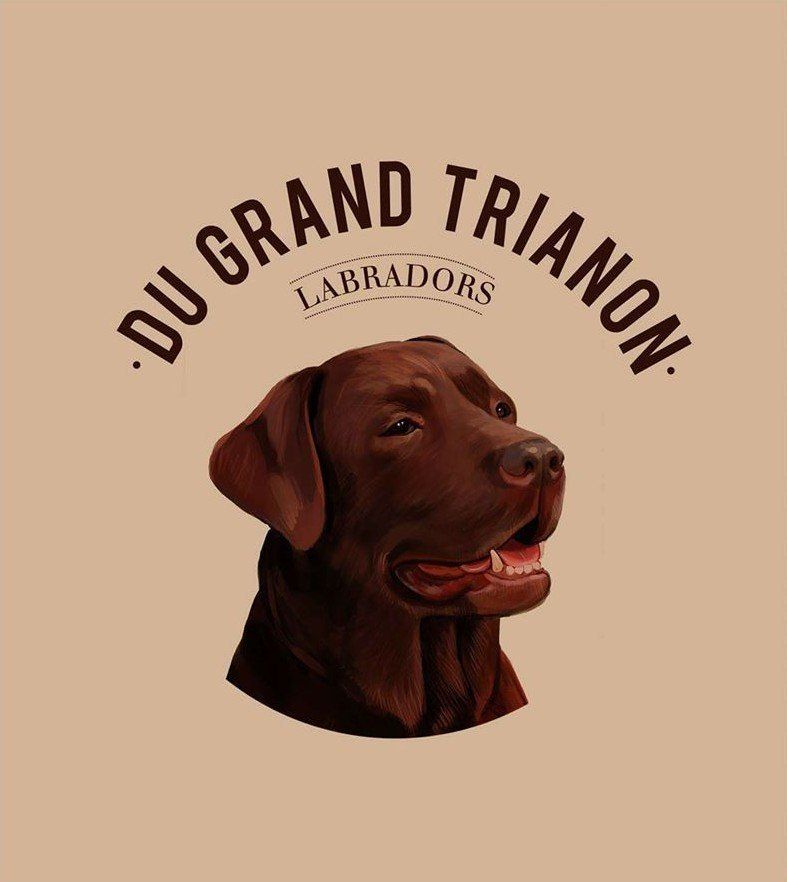The Labrador Retriever is considered to be a breed of English origin. The initial standard was established by the English who established the type of the current Labrador.
The current Labrador is the direct descendant of the "black water dogs" imported from Newfoundland to England in 1814. At that time two types of dog coexisted in Newfoundland, the "St John's dog" and the "large Newfoundland dog". The first will therefore give the Labrador Retriever and the second the Newfoundland.
St John's dog was used by fishermen to bring in dead fish that escaped from nets, in these icy waters where man avoided getting wet. This dog, smaller than the Newfoundland, was a best protractor and it was also preferred because its shorter hairs did not become loaded with ice...
However, it is likely that there was some crossbreeding between the two breeds.
The English, who had been looking for a long time for the water retriever dog that was missing from their range of hunting dogs, therefore imported these dogs from St John and crossed them with setters and pointers in particular to establish the current type and create this fabulous retriever dog that is the Labrador Retriever.
Since the beginning of the century, the breed has ultimately evolved little, "banchory bolo" (dual champion hunting and beauty) of the 1920s, very much resembles a current Labrador.
The first Labradors imported into France were at the end of the 19th century by French aristocrats.
The Retriever Club of France was created in 1911. First reserved for hunters, the Labrador seduced the Presidents of the Republic and then families . The number of births increased considerably in France at the end of the 20th century to reach more than 10,000 per year and has stabilized for several years at between 7 and 8,000 births per year.




